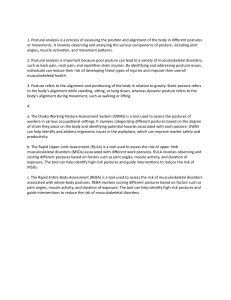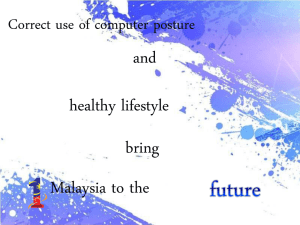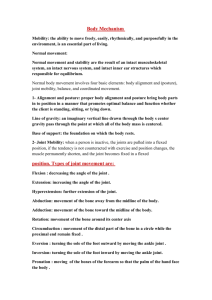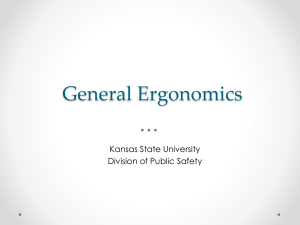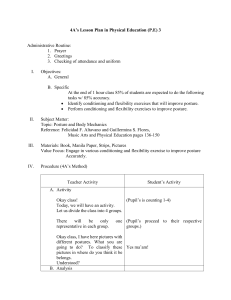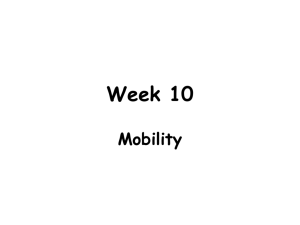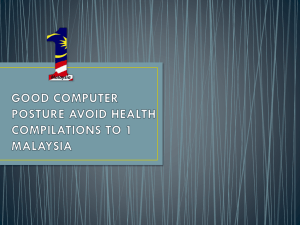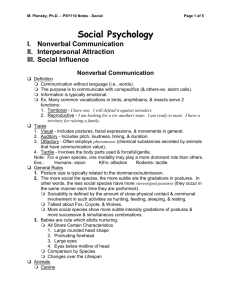Introduction Slides
advertisement
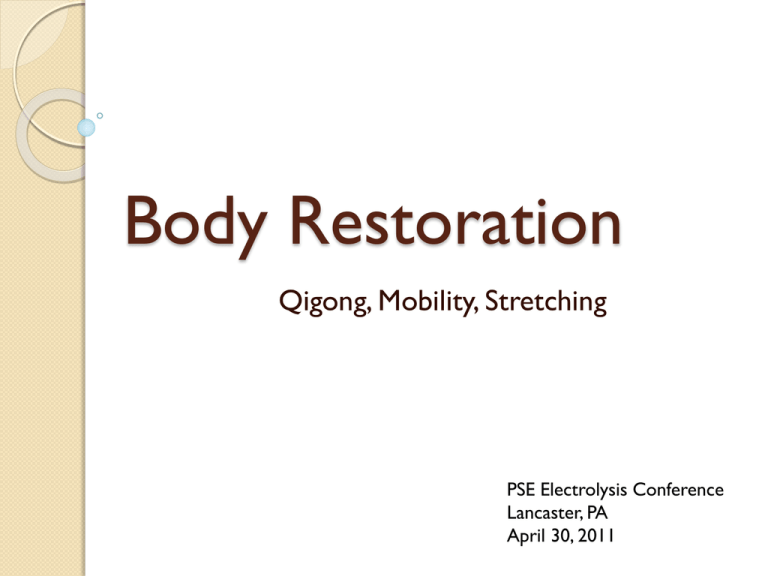
Body Restoration Qigong, Mobility, Stretching PSE Electrolysis Conference Lancaster, PA April 30, 2011 Basic Premises We thrive with lots of varied movement Ability to move tied to well-being Move Better = Feel Better Born to Move Exercise correlated to health, longevity Mobility linked to quality of life Maintain physical abilities over many decades: ◦ 2004 NY Marathon: 19 y.o. times = 64 y.o. times (Born to Run) ◦ Roy Taylor set deadlift record of 451 lbs at age 69 Progress? “Is Sitting a Lethal Activity?” –New York Times 4/17/11 Mind-Body Link “To keep the body in good health is a duty... otherwise we shall not be able to keep our mind strong and clear.” -Buddha Exercise in children affects mental development and behavior Active seniors stay mentally sharp Exercise boosts mood Zen and the Art of Moving Movement is a skill. Cultivate and maintain it. Unify the mind and body. Pay attention to movement. Approach Prefer open, extended postures Ensure mobility of all joints Use breath to control diaphragm and linked fascia Open Postures Modern life full of flexed, closed postures Counterbalance with opening movements Studies show posture affects perceptions: ◦ Upright posture = confidence, slumped posture = uncertainty (Ohio State 2009) ◦ Open, expansive postures increase feeling of empowerment (Harvard/Columbia 2010) Joint by Joint Mobility Body ideally acts as coordinated unit One joint not moving properly can effect many other joints in chain ◦ Especially with thoracic spine and hips Ensure that every link in chain can move Breath Control Fascia spans entire body, linked to diaphragm Combine lung inflation with diaphragm control to move and stretch soft tissue Massage effect =Turn mobility exercises into “qigong”
